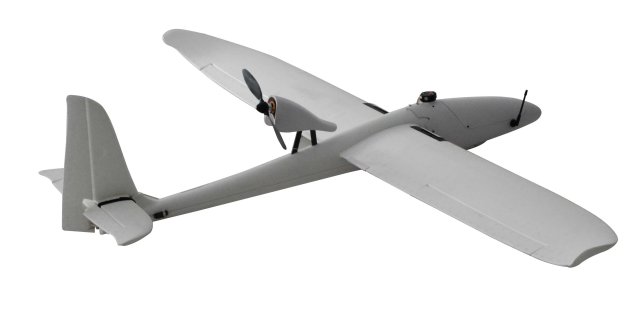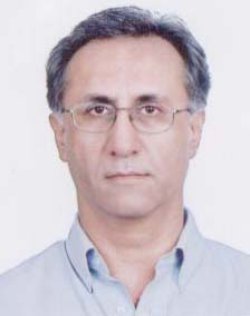 Raja Sabri Khan, a Pakistani aerospace design engineer, who has built UAS for two decades, says that his country’s government doesn’t have the money to make unmanned combat aircraft yet.
Raja Sabri Khan, a Pakistani aerospace design engineer, who has built UAS for two decades, says that his country’s government doesn’t have the money to make unmanned combat aircraft yet.
Khan, who heads Integrated Dynamics, a Karachi-based private company, has pioneered drone technology for civilian use. The engineer speaks with SmartPlanet about why he makes drones, his buyers as well as the costs and the risks involved.
SP: For how long have you been making drones and why do you make them?
RSK: I’ve been designing and making drones for over 20 years. Why? Why do people climb mountains? Aerospace technologies have always fascinated me and drones are a great learning platform.
SP: What kind of drones do you make and what are they used for?
 RSK: I design drones for civilian and surveillance applications. These are mostly under 20 kg weight (40 lbs). The lightest SKYCAM is under a kg. There are numerous civilian applications that we are targeting from wildlife monitoring, agriculture, search and rescue to environmental and land use surveys.
RSK: I design drones for civilian and surveillance applications. These are mostly under 20 kg weight (40 lbs). The lightest SKYCAM is under a kg. There are numerous civilian applications that we are targeting from wildlife monitoring, agriculture, search and rescue to environmental and land use surveys.
SP: What military purposes can your drones be put to?
RSK: Aerial surveillance and early warning systems.
SP: Can you elaborate a bit more on the civilian purposes for these drones? Perhaps a few examples of how your drones have been used outside of Pakistan?
RSK: All of our exports to Europe and Australia have been for civilian applications including land mapping, agriculture, environmental studies and as platforms for research into full-size collision avoidance systems in passenger aircraft.
SP: How long does it to make a drone and how much does it cost to make one?
RSK: Our SKYCAM drone takes about two days to build and costs around $250. The complete system with a real time video feed to a ground station costs around $1000.
SP: Who do you sell drones to and for how much?
RSK: We cannot sell to individuals. All sales and exports are to organizations and government entities under end-user certification from the Government of Pakistan.
SP: Do you have competition from other private drone-makers in Pakistan?
RSK: None. We work on mostly civilian applications while the rest are concentrating on military applications.
SP: The Pakistan military is reportedly making drones now. What’s your assessment of these drones?
RSK: Actually several government R&D organizations in Pakistan are developing drones for military applications in Pakistan.
SP: In the future, will Pakistani drones have the capability to carry out attacks like the U.S. Predator?
RSK: Let me give you an example which might provide some clarity on this question and the perception that the press has about drones. Drones are aircraft without pilots. Many countries around the world have the capability of building light aircraft for passenger use or civilian applications but this does not mean that the technology can be extended into their being able to conduct a full-fledged fighter development program.
An armed drone is a completely different animal from a surveillance drone in the same manner as a light aircraft, like a Cessna, differs from an F-18. Future capability means a lot of money in spending and complete commitment from the government’s point of view and this may not be an immediate priority.
SP: China’s making drones as well. What’s your assessment of Chinese technology compared to the U.S.?
RSK: I think the Chinese will be right up there very soon with the leading drone technology countries in the world including the USA and Israel.
SP: There is big push back against drones in Pakistan because of the U.S. attacks. Are people angry with your work and have you ever been at risk?
RSK: There is always a risk of being misunderstood, largely due to press hype, of the types of applications that our drones are capable of. I have always been a strong advocate for banning drone strikes. There are so many life-saving applications that can be realistically attempted using drones like search and rescue, flood early warning, avalanche monitoring and disaster management.
We are attempting to promote these applications through our ‘Drones for Peace’ program and the SKYCAM system which will be available throughout the world for civilian life-saving applications.
Photo – Skycam-2 -Raja Sabri Khan
Source: Smart Planet
